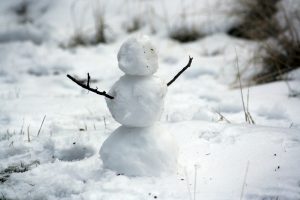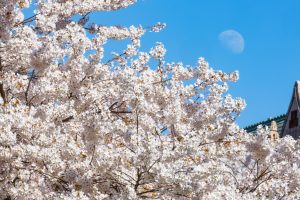The Western WA Snow and Ice Event of January 2012
The period of 14-19 January 2012 featured some heavy snowfall, and significant freezing rain, in the lowlands of western Washington. An overview of the meteorology behind this event, snowfall totals, and some of the local impacts of the week of wintry weather will be explored in this newsletter highlight.
Read moreJanuary 1950: A Remarkable Month for the PNW
The month of January 1950 is legendary in terms of the weather in the northwestern US. It is the coldest month on record for Washington State, with the mean of 14.5 degrees F amounting to almost 16 °F colder than the average January for the period of 1910 through 2009.
Read moreWhat is the Chance of a White Christmas?
Many WA residents feel the same as Bing Crosby, our native son crooner who incidentally was born in Tacoma and raised in Spokane, and dream of a white Christmas. Others are not so keen on the idea, with memories of the treacherous streets and roads across most of Washington State during the holiday season of 2008.
Read moreThe Timing of Seasonal Closures of Mountain Passes in WA State
Storms are beginning to roll into the Pacific Northwest more or less on cue with the usual start to the wet season. But when is it liable to cool down enough for snow in the high country and hence winter recreation?
Read moreBack-to-Back La Niña and the Weather of the PNW
There are increasing indications that La Niña conditions will be present in the tropical Pacific during the upcoming winter. As most of the readers of this newsletter are aware, this is right on the heels of a La Niña event during the previous winter and spring of 2010-11.
Read moreOn the Recent Cool Temperatures in WA State
It is widely appreciated that relatively cool weather has plagued, or blessed, depending on your point of view, Washington State since the end of February 2011 as illustrated in the temperature time series for Seattle and Spokane (Figure 1).
Read moreNOAA’s New Climate Normals
The standard climate normal, or the 30-year average of weather conditions, is changing. Most anomalies and comparisons to normal conditions have been discussed using the average conditions between 1971 and 2000, but NOAA’s National Climatic Data Center (NCDC) has unveiled the “new normals” on July 1.
Read moreThe Spring Transition in the Winds Along the WA Coast and its Effects on the Coastal Ocean
There is a seasonal cycle in the prevailing winds along the coast of Washington state. Winter winds are generally from the southwest, with considerable variability due to the passage of storms, and summer winds are generally from the northwest, with intermittent periods of southerlies.
Read moreWhat is Spring?
As summarized in this newsletter, it was a remarkably cool and wet April for Washington state in 2011. All the grumbling about the lousy weather, in particular the common lament that it seemed like winter was never going to end, begs an interesting question.
Read moreA Wet Spring
You’re not imagining it – spring has been gloomier than normal this year around WA. Not only has it been relatively cool across the state, but most locations have been wetter than normal as well.
Read more
